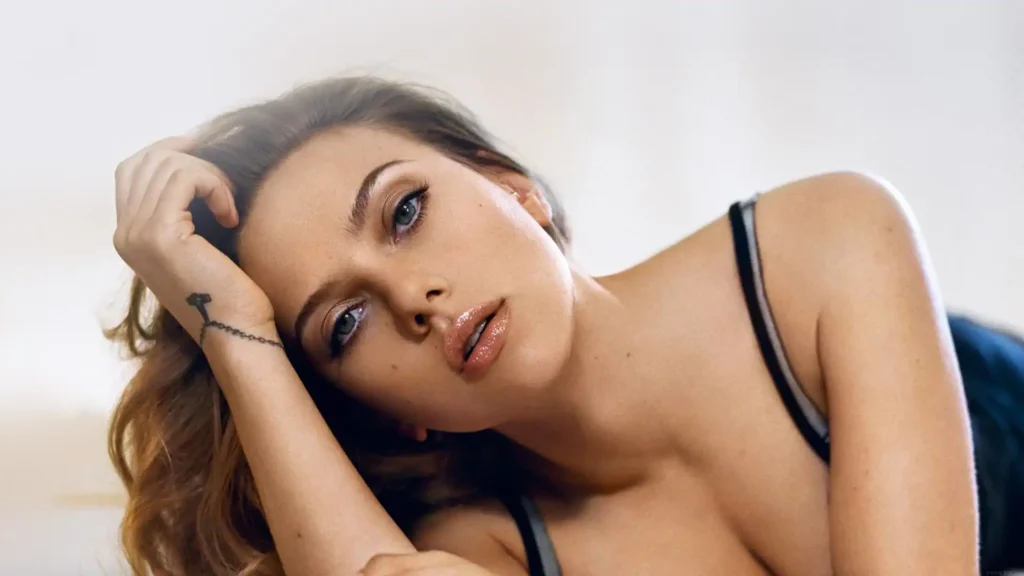In a groundbreaking blend of technology and creativity, artificial intelligence (AI) has recently been used to generate unseen photos of actress Scarlett Johansson. This development leverages deep learning algorithms and generative adversarial networks (GANs) to create realistic images that appear authentic, though entirely synthetic. The process involves training the AI on a vast dataset of existing images of Scarlett Johansson. These images cover various poses, expressions, and lighting conditions, providing the neural network with a comprehensive understanding of her features. The GAN employs two neural networks: a generator that creates new images and a discriminator that evaluates them against real photos. Through this iterative process, the generator improves, producing increasingly realistic images.
The results are astonishing, depicting Johansson in scenarios never captured by traditional photography, ranging from casual moments like walking down a street to elaborate scenes such as attending glamorous events or posing in fictional settings. This technology offers filmmakers, advertisers, and artists new ways to present celebrities without the logistical constraints of photo shoots and enables the creation of digital doubles for movies, video games, and virtual reality experiences. However, AI-generated images raise significant ethical and legal concerns. The ability to create hyper-realistic photos of individuals, especially celebrities, poses challenges related to consent, privacy, and potential misuse. There are concerns about fabricating compromising images or spreading misinformation, leading to reputational damage.
To address these issues, it is crucial to develop and enforce guidelines and regulations for AI-generated images. Transparency in the creation and distribution of these photos is essential, ensuring viewers know when an image is synthetically generated. Additionally, obtaining explicit consent from individuals before using their likeness in AI-generated content is necessary to protect their rights and privacy. Despite these challenges, the potential benefits of AI-generated images are immense. They represent a significant advancement in digital art and visual storytelling, offering new tools for creators to explore and innovate. The creation of unseen photos of Scarlett Johansson through AI showcases the incredible capabilities of modern technology, pushing the boundaries of visual art and media while highlighting the need for responsible and ethical use. Balancing innovation with careful consideration of the implications is essential to ensure AI’s power is harnessed positively and respectfully.









